Supply chain managers do more than simply ensure that goods make it from one place to the next. In a hypercompetitive, global market, they’re there to bolster efficiency, improve processes, and ultimately keep the supply chain running smoothly.
This ever-evolving field is continually in a state of flux, and, to stay ahead, it’s essential that all supply chain managers are aware of the developing trends, incorporate the latest technologies and tools, and how to improve supply chain efficiency across all stages.
In this post, we’ll take a closer look at how adopting technology, managing risks, and understanding procurement for supply chain managers can lead to better outcomes for all stakeholders.
Procurement Leadership: Key Functions
In today’s increasingly fast-paced, competitive world, supply chain managers must not only bring traditional procurement skills — sourcing products, managing vendors — to their role but also add other value-adding tasks, such as minimizing risk and delivering data-driven insights.
From cost optimization to advanced demand forecasting, procurement leadership is essential for staying within budget, delighting customers, and ultimately staying competitive. When profit margins are so tight, a supply chain manager who can maintain optimal stock levels, put contingency plans in place, and lower costs, among other duties, is paramount for ensuring that the business runs smoothly on a day-to-day basis while also being agile enough to respond to market shifts and challenges.
How Procurement Is Evolving
Procurement never stays still for too long, but even by that well-defined historical trait, things have never evolved quite as quickly as they are today. Driven by significant technological progress, procurement tools — specifically automation tools — are dramatically altering what procurement processes look like. Armed with advanced automation tools, procurement teams can quickly analyze large data sets, automate repetitive tasks, and optimize costs, all the while ensuring quality control and compliance. Ultimately, they’re able to work better and more quickly than ever before, even in an era when supply chain logistics is more complicated than it’s ever been.
These tools aren’t just allowing for the more efficient movement of goods. They’re allowing procurement teams to offer different kinds of value to businesses than they could in the past. From enhancing strategic sourcing to boosting supplier management, technology’s increasingly influential role in the supply chain has allowed procurement teams to offer real, lasting value.
How to Stay Ahead
As we mentioned above, the supply chain is always in flux. To stay competitive, supply chain managers and procurement teams must take a future-focused approach in order to continue providing value. Failure to do so can expose a business to supply chain disruptions, quality control issues, and non-compliance.
Being aware of the latest supply chain management trends allows teams to create goals and objectives that align with the future of supply chains — and which prioritize competitiveness. More and more, supply chain managers are looking for platforms that provide real-time data availability that help to drive strategic decisions, as well as just more broadly simplifying their processes wherever possible and improving risk prediction. The catalyst for all change in supply chain management is the adoption of automation and other technologies that are changing the landscape of procurement and beyond.
Let’s take a close look at effective ways that modern procurement teams can get ahead in 2025.
Managing Risks
Disruptions to the supply chain are increasingly common. From natural disasters to political instability, it’s more important than ever that procurement teams have well-rounded contingency plans. Working with a platform that offers access to multiple vendors can help mitigate the risks of aligning with just a single supplier.
Stay Agile
In an increasingly unpredictable world, adopting an agile approach to procurement is a necessity that can help businesses stay competitive.
Embracing Technology
Embracing the latest supply chain technologies isn’t just recommended; it’s a necessity. Automation tools can have a significantly positive impact on productivity, allowing teams to work more quickly and better than ever before. Teams can also use data analytics to help drive strategic decisions, as well as manage inventory more effectively and forecast demand for products. In the end, these tools are designed to help teams operate at a higher level than ever before.
Ultimately, the key for supply chain managers to get ahead is to embrace the change that is already occurring. By utilizing the latest procurement technological tools, managers can lead with innovation and creativity, ensuring that they’re well-placed to take advantage of the increasingly complex procurement landscape. As ever, taking a proactive approach to improvements, rather than a reactive approach, is paramount for getting ahead.
